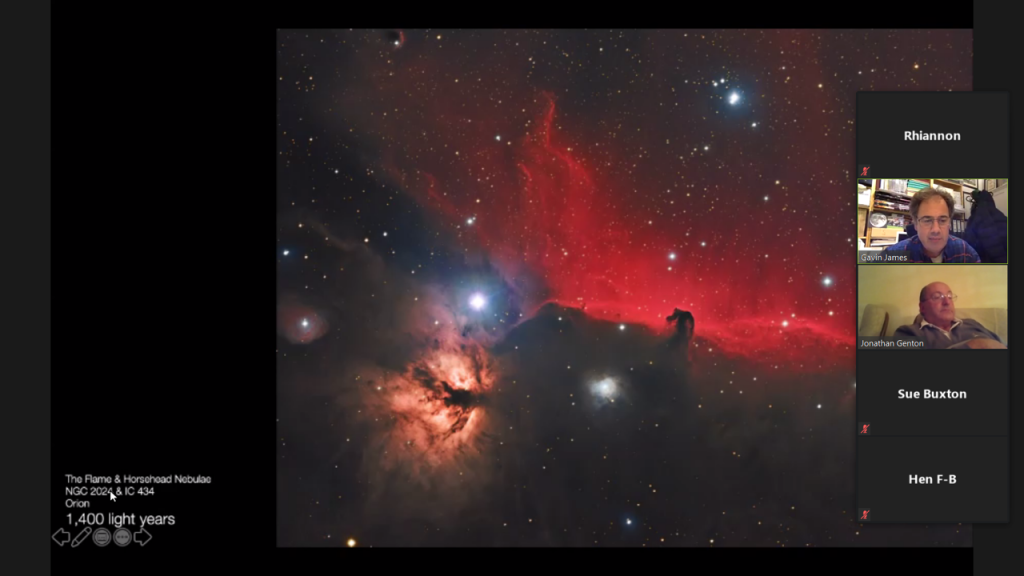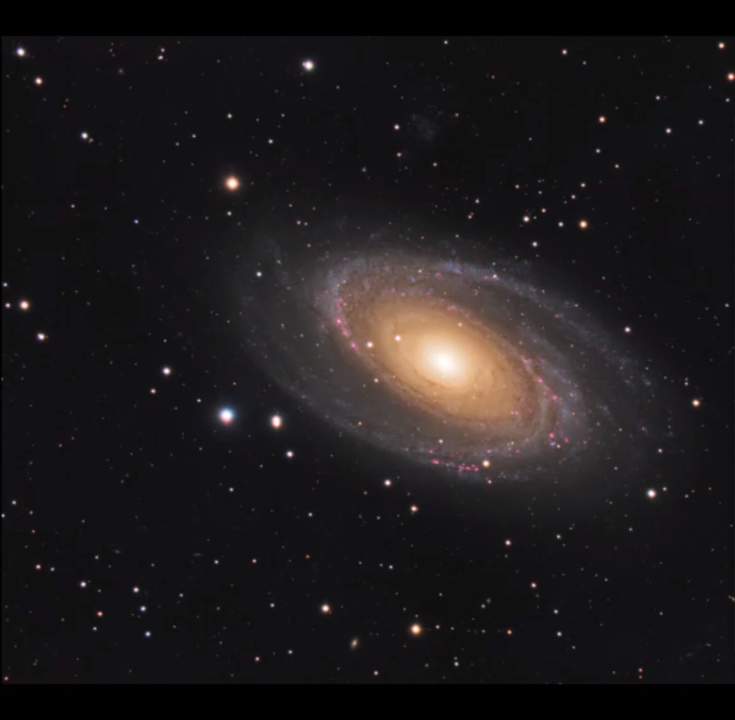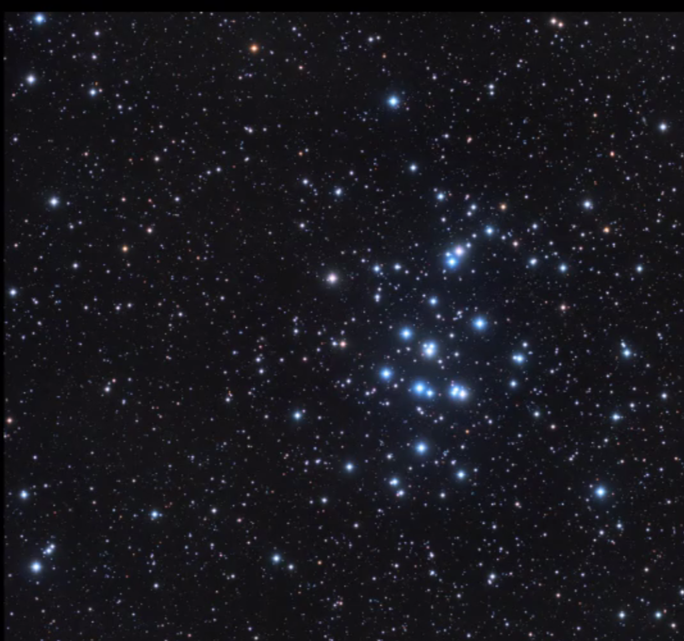Online Astrophotography talk by Photographer Gavin James and Astronomer Jonathan Genton
27 October 2020 - All

On 12 October we had the pleasure of listening to a fascinating lecture via zoom on Astrophotography by Photographer Gavin James and Astronomer Jonathan Genton.
One of the main features of the talk was learning about the process by which the photographs were taken. Gavin told us numerous exposures were required for certain photographs, and that 25 hours of data was needed to produce a perfect picture. We learnt that a mono-chip camera was used with filters layered on top to gather light at different wavelengths in order to present a colour image. This process changed depending on what the subject of the photograph was. We were shown a picture of the Veil Nebula – with its cataclysmic size- several instruments were used on their widest field of view and still the nebula could not fit in the frame. This meant that four different pictures had to be stitched together to form the overall result. In summary, the work involved in producing the pictures and creating the exhibition was truly incredible.

Throughout the talk, Jonathan spoke to us about the birth and death of stars and star cycles. We learnt that there is a nebula which is only a million years old in star-age, in contrast to our sun which is around 4.5 billion years old. In addition to this, we discovered that one could see the Beehive Cluster with the naked eye, and in the picture we were shown the Coma Cluster consisted over 650 catalogue galaxies, one of the large celestial arrays in the night sky.

Overall, the lecture was very insightful and extremely interesting and came to a close with a memorable and pertinent line, ‘ However far you look, there is always more to see.’
Malvika, LVI